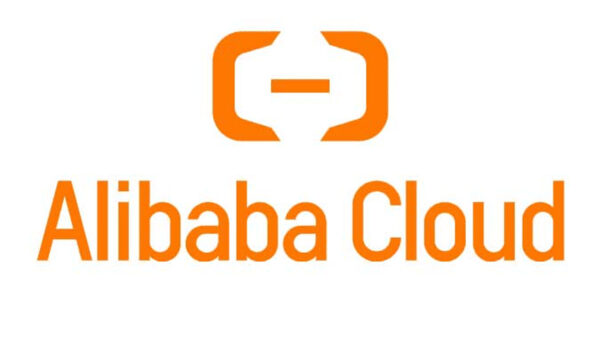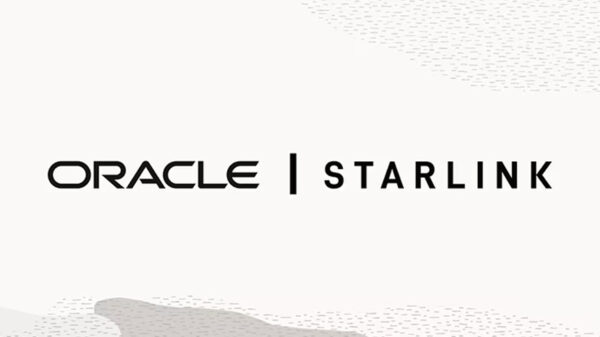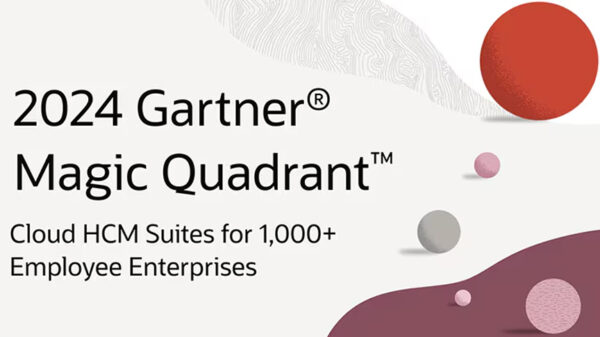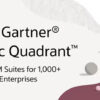Oracle has announced the release of Oracle Database 12c, a software designed to help organizations consolidate databases onto the cloud.
The latest database platform, which introduces a new multitenant architecture that simplifies database consolidation onto the cloud, is a major release which provides 500 additional features and is the result of 2500 person-years of development and 1.2 million hours of testing, plus an extensive beta program with Oracle’s customers and partners.
“It is an exciting time because in almost five plus years, we release the major version of the product. The last release that we did in Manila was perhaps over five years ago, and for having such a major release which introduces the new architecture and comes up with enhanced features and functionalities, we’re very excited,” said Kaleem Chaudhry, Regional Director, Enterprise Technology, Oracle Asia Pacific. “We had actually launched in Manila last week and it was very successful.”
Oracle Database 12c, which has been made globally available last month, is available for download from Oracle Technology Network (OTN).
Oracle Database 12c, the foundation of Oracle public cloud services, benefits customers utilizing private database clouds and Software-as-a-Service (SaaS) vendors in a secure multitenant model. It is optimized on SPARC and Intel Xeon processors.
As a new feature of Oracle Database 12c, multitenant architecture allows each database plugged into it to look and feel like a standard Oracle Database to applications, so no existing applications can run unchanged. It also makes all ISV applications that run on the Oracle Database ready for SaaS, and manages many databases as one, increasing server resource utilization while reducing the time and effort required for database upgrades, backup, recovery, and much more. It also provides virtually instantaneous provisioning and cloning of databases.
Chaudhry discussed how the new architecture works. “Every customer has been looking for means of consolidating databases to reduce costs, improve resources, and to better use the underlying IT assets. You introduce simplicity when you have to reduce cost, when you have to simplify the operations, improve the IT assets. You have to bring these things together,” he explains. “Multitenant architecture allows hundreds and thousands of databases come together and be managed as one.”
“The operation that you usually would do on a single database server such as updating, provisioning, backing up, and recovery of the database would, instead of doing these individually on a single database, require the use of the container itself, which contains tens of hundreds of databases. That’s the beauty of the new architecture,” Chaudhry said.
The new architecture is compatible with all Oracle Database features, including Real Application Clusters, Partitioning, Data Guard, Compression, Automatic Storage Management, Real Application Testing, Transparent Data Encryption, Database Vault, and more.
Its Automatic Data Optimization feature has a Heat Map which enables Database Administrators to identify the data that is hot (very active), warm (read-only) and cold (rarely read) stored in tablets and partitions. It has the capacity to compress data based on the activity and age of data.
The new database release provides more security innovations to help customers address evolving threats and stringent data privacy regulations.
The New Redaction capabilities allow organizations to protect sensitive data such as credit card numbers displayed in applications, without charges to most applications.
It also has a Run-Time Privilege Analysis that enables firms to identify privileges and roles actually being used, helping revoke unnecessary privileges and enforce least privilege with confidence that business operations will not be disrupted.
High availability features as well as enhancements to existing technologies that enable continuous access to data are also present. These include Global Data Services, which offers local balancing and failover to globally distributed database; Data Guard Far Sync that extends zero-data-loss standby protection to any distance, not limited by latency; and Application Continuity which complements Oracle Real Application Clusters and masks application failures from endusers by automatically replaying failed transactions.
The comprehensive testing functionality of Oracle Real Application Testing validates upgrades and consolidation strategies by concurrently testing and scaling real production workloads.
Oracle Database 12c enhances in-Database MapReduce capabilities for big data through SQL Pattern Matching which enables immediate and scalable discovery of business event sequences such as financial transactions, network logs and clickstream logs.
The analysis of big data can be simplified with the new in-database predictive algorithms and with further integration of open-source R with Oracle Database 12c.
Asked if he sees a lot of local companies embracing the cloud technology, Chaudhry said, “All large companies need to advance their datacenters to a stage where their line of business and business users need to roll out their business functionalities and don’t wait for months and years for that to roll them out. The benefits offered by cloud are so huge.”
He added that cloud enhances the competitive edge of the business, and with the new version, the customers have already been adopting cloud and moving towards that. They are getting a step closer to make it happen because this helps database server to be reviewed, and self-provisioning capabilities are present.
Regarding risks involved when migrating from the traditional or non-Oracle database to Oracle Database 12c , Chaudhry said, “There will be no complexity involve in migration, because the way you migrate today is basically you upgrade all the containers, you upgrade the individual databases, and you move the upgraded databases into the container.”
















































































































